Sarah Avery Nominated for 2015 Mythopoeic Award for Tales from Rugosa Coven
 Black Gate blogger Sarah Avery has been nominated for the 2015 Mythopoeic Award for her novel Tales from Rugosa Coven, published in 2013 by Dark Quest.
Black Gate blogger Sarah Avery has been nominated for the 2015 Mythopoeic Award for her novel Tales from Rugosa Coven, published in 2013 by Dark Quest.
The Mythopoeic Fantasy Award for Adult Literature is given to the fantasy novel, series, or collection for adults published during the previous year that best exemplifies “the spirit of the Inklings,” the Oxford literary discussion group that included J. R. R. Tolkien and C. S. Lewis. The winners will be announced during Mythcon 46, held July 31 – August 3, 2015, in Colorado Springs, Colorado. Congratulations to Sarah, and all the nominees!
Sarah’s short story “The War of the Wheat Berry Year,” a slender and deceptively simple fantasy featuring The Traitor of Imlen, was published in Black Gate 15. The complete list of nominees for the 2015 Mythopoeic Awards follows.
Mythopoeic Fantasy Award for Adult Literature
- Sarah Avery, Tales from Rugosa Coven (Dark Quest)
- Stephanie Feldman, The Angel of Losses (Ecco)
- Theodora Goss, Songs for Ophelia (Papaveria Press)
- Joanne M. Harris, The Gospel of Loki (Gollancz)
- Joe Hill and Gabriel Rodriguez, Locke & Key series (IDW Publishing)
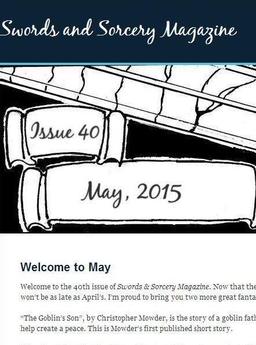
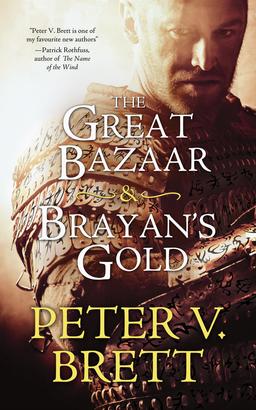
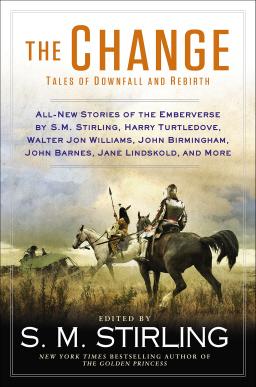
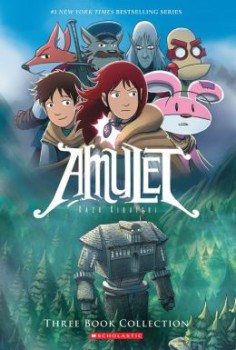

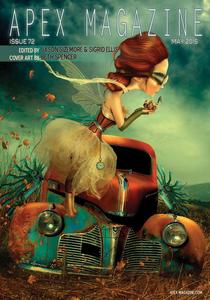
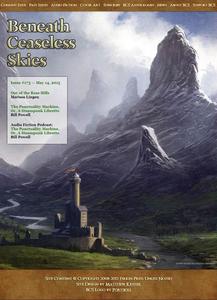
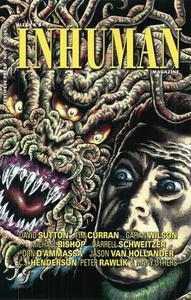
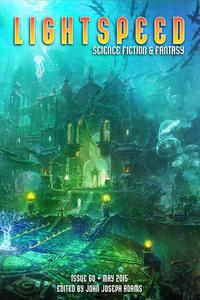
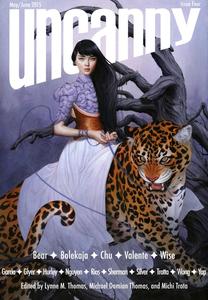
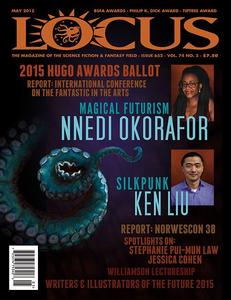
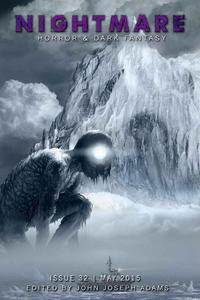
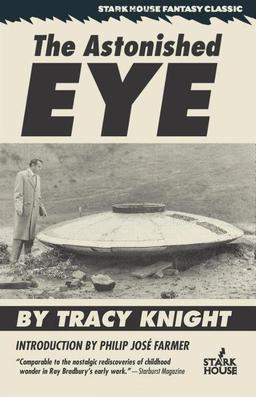

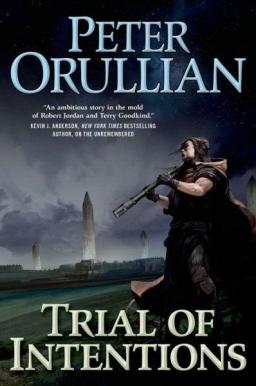
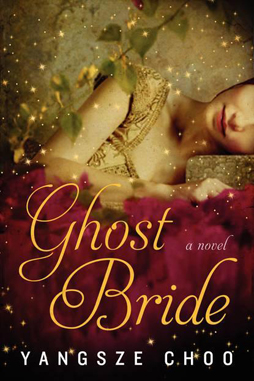 Yangsze Choo’s 2013 book The Ghost Bride starts out very much like a gothic novel. Li Lan, the beautiful young daughter of an impoverished scholar in the Chinese community of Malacca in the year 1893, draws a sinister marriage proposal from the rich and powerful Lim family: a ceremonial spirit marriage to Lim Tian Ching, the recently-deceased heir to the Lim wealth. But Li Lan finds herself drawn to Tian Ching’s cousin, Lim Tian Bai — and then Tian Ching begins to appear in her dreams, eager for their upcoming nuptials. She tries to exorcise him, and then what started as a gothic becomes broader and stranger. Li Lan enters a world of ghosts where she uncovers hints of corruption among the judges of hell, and then must undertake a quest into a further and yet more fantastical world, a Campbellian hero(ine)’s journey of dangers and guardian allies and magic items.
Yangsze Choo’s 2013 book The Ghost Bride starts out very much like a gothic novel. Li Lan, the beautiful young daughter of an impoverished scholar in the Chinese community of Malacca in the year 1893, draws a sinister marriage proposal from the rich and powerful Lim family: a ceremonial spirit marriage to Lim Tian Ching, the recently-deceased heir to the Lim wealth. But Li Lan finds herself drawn to Tian Ching’s cousin, Lim Tian Bai — and then Tian Ching begins to appear in her dreams, eager for their upcoming nuptials. She tries to exorcise him, and then what started as a gothic becomes broader and stranger. Li Lan enters a world of ghosts where she uncovers hints of corruption among the judges of hell, and then must undertake a quest into a further and yet more fantastical world, a Campbellian hero(ine)’s journey of dangers and guardian allies and magic items.